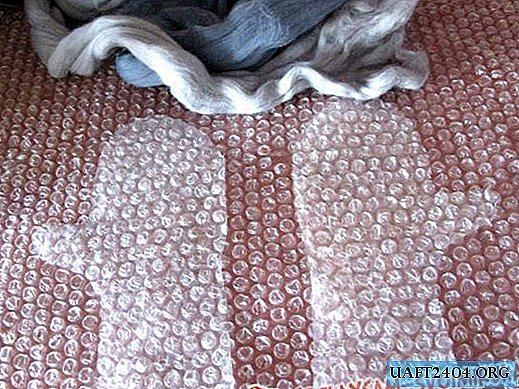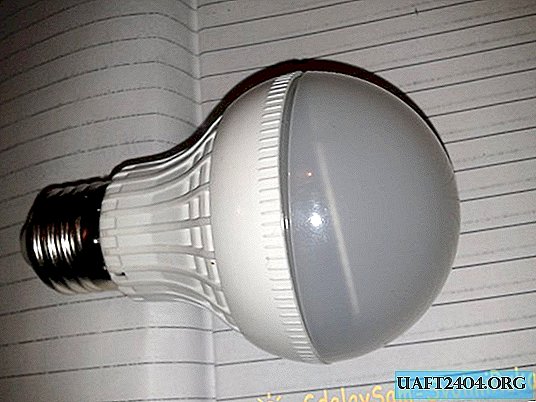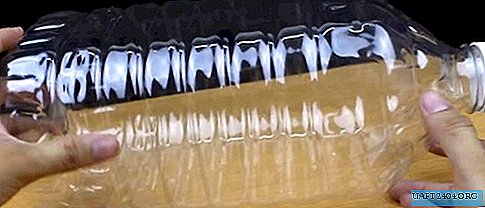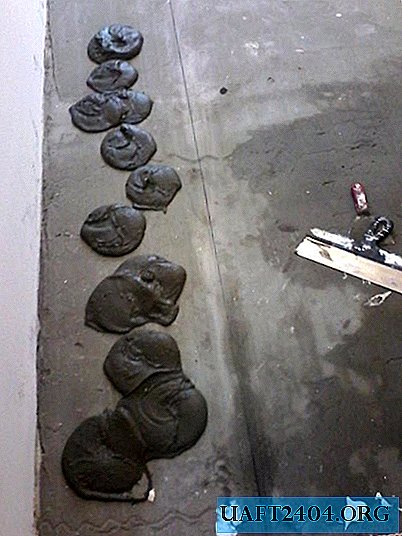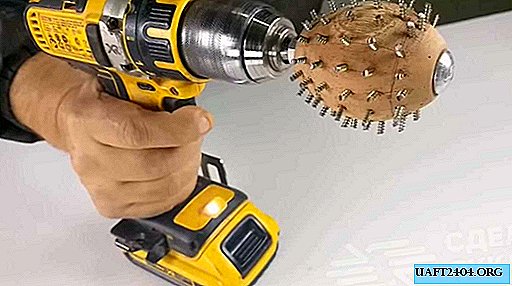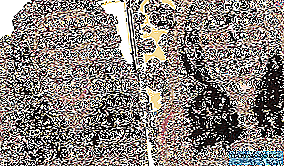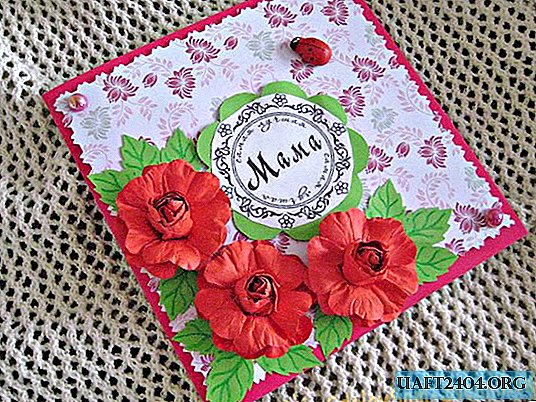Share
Pin
Tweet
Send
Share
Send
To sew them you will need:
- main fabric (preferably dense, dimensionally stable, color - optional),
- threads for sewing (in the color of the fabric),
- cut scissors,
- centimeter tape (long ruler),
- chalk or soap for cutting,
- felt for application (multi-colored, can be of different densities),
- any transparent adhesive quick action,
- household sewing machine,
- overlog,
- iron
- needle for hand sewing,
- plastic buttons of various shapes and colors,
- pins for pinning parts.
The size of the pockets directly depends on the size of the cabinet door where they will be hung. The most common size can be called 30 * 75 cm. In order to sew pockets of a nominal size, it is necessary to cut out the main part measuring 63 * 80 cm.
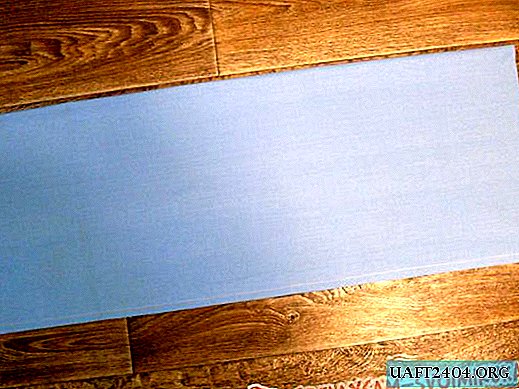
The cut-out rectangle of the fabric must be sewn by folding together its longitudinal sections. It is recommended to make a seam no more than 1 cm. Seam allowances can be ironed (if the fabric is thin), or ironed (if the fabric is sufficiently dense).

The stitched middle seam of the base of the pockets must be positioned so that it is located exactly in the middle of their reverse side, that is, the inside. After this, one any bottom edge of the pockets should be sewn up.

The prepared base must be turned on the front side, straighten the corners and iron. Using a centimeter tape from the sewn bottom edge up, you should postpone the length - 75 cm, and draw a line. On this mark you need to iron the part in the direction of the wrong side. The open section can be tucked one more time or overcast so as not to crumble, and hem at a distance of at least 2 cm from the bend. This will be a drawstring for threading the stick, which, in turn, thanks to the ties, is suspended in a locker.

After this, 3 details of the pockets should be carved, which will be sewn onto the base. In this case, the pockets have a three-dimensional shape (the so-called "pockets-briefcases"), therefore, in a cut they have a specific shape and size 31 * 38 cm (rectangle) with corners cut to 4 cm at the bottom. The upper edge of the pockets is hemmed 2 * 2 cm. For convenience, the hem can immediately be ironed.

The ironed hem of the pocket should be sewn on a sewing machine. Then you need to sew up the end angles. In this case, the seam should be 1 cm. The gaps in the seams, as well as the outer sections of the pocket, should be swept to avoid shedding.

With the help of an iron, one should give the future pocket a voluminous shape, namely, iron its side and lower walls in accordance with the pointed corners. As an additional fixation of the shape of the pocket, you can also lay a finishing machine line 2 mm from the fold along this bend.

If desired, smaller pockets can be sewn onto the details of the pockets, for example, under a comb.

Fully prepared pockets should be stitched onto the main part. It is important not to forget to sew additional fastenings in the ledges of the pockets. This will prevent their premature tearing during the operation of the product. It is more convenient to adjust the pockets, after placing them on the main part and stitching pins.

Completely finished pockets can be decorated with an interesting applique made of felt and plastic buttons. The theme and style of application can be absolutely any, and depend only on the imagination and possibilities of the needlewoman, as well as the wishes of the child.
Share
Pin
Tweet
Send
Share
Send

